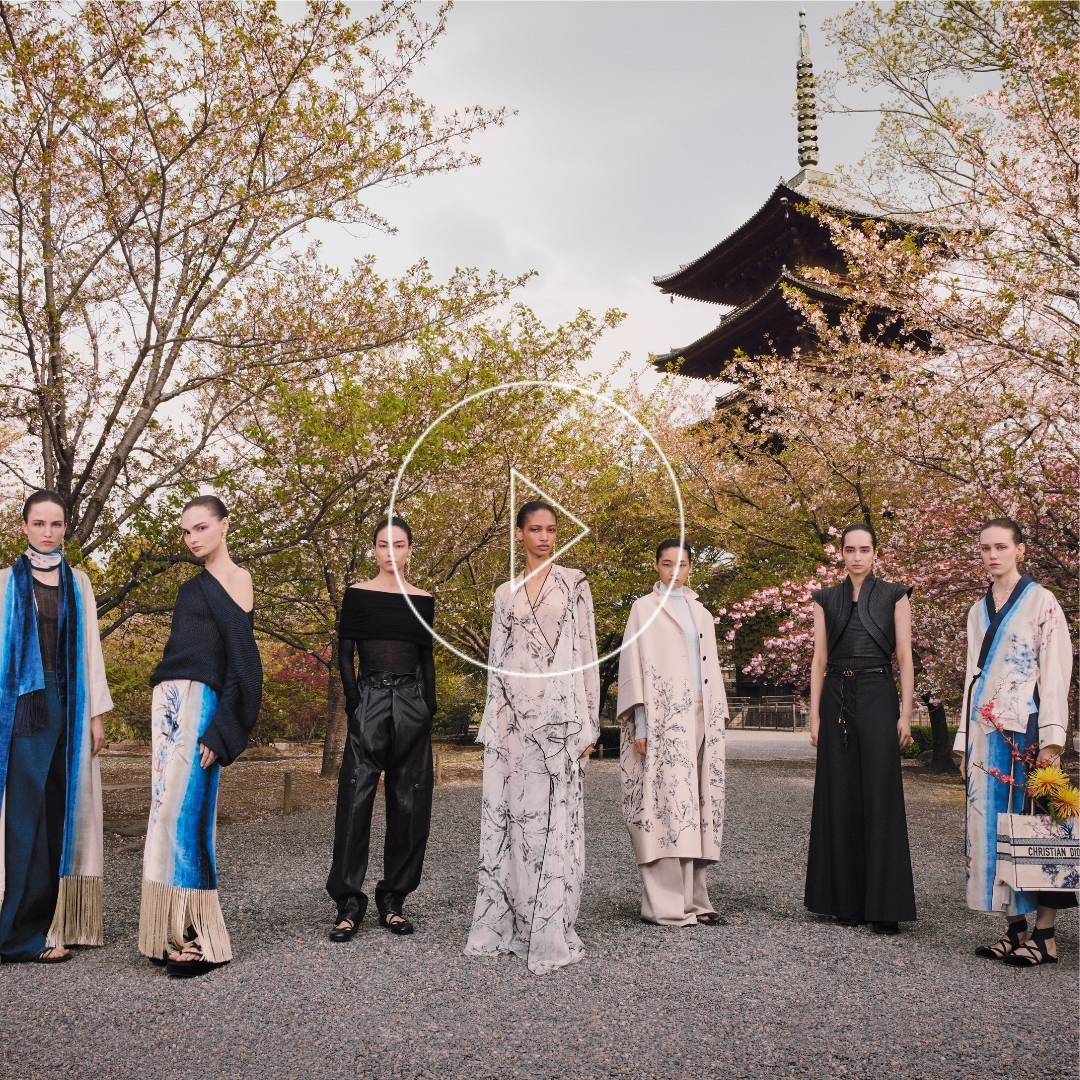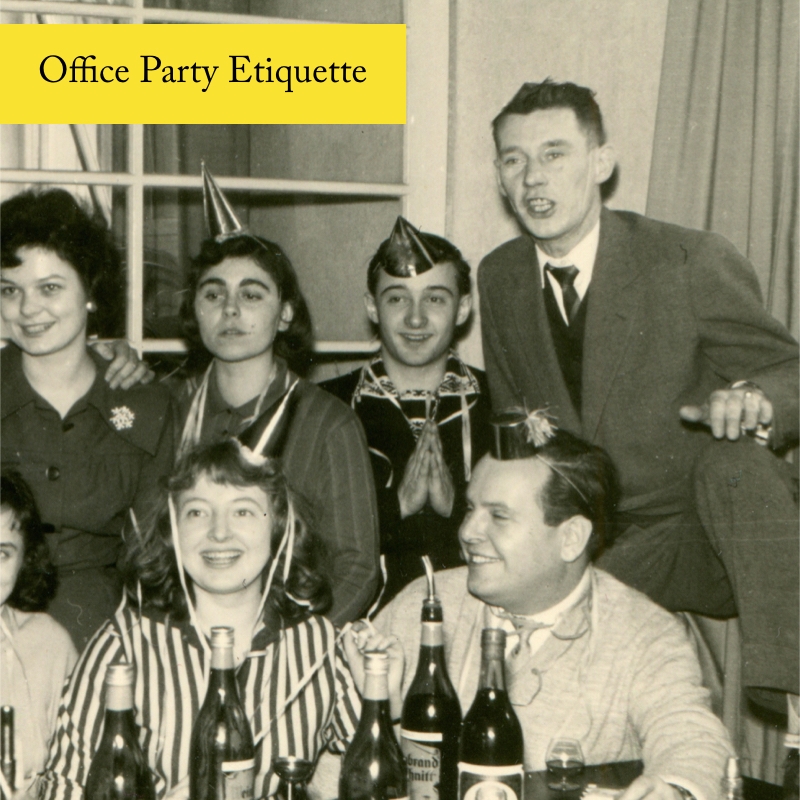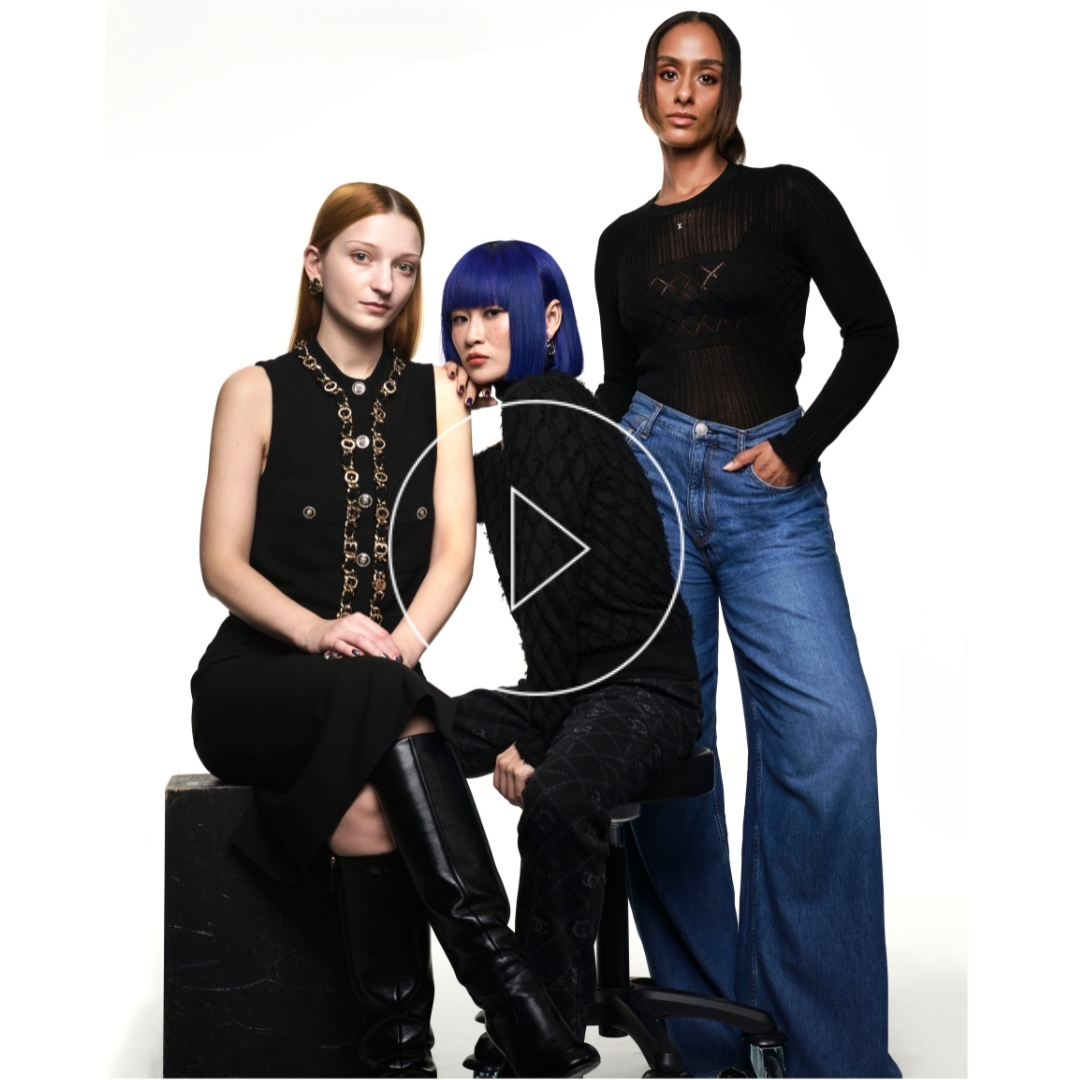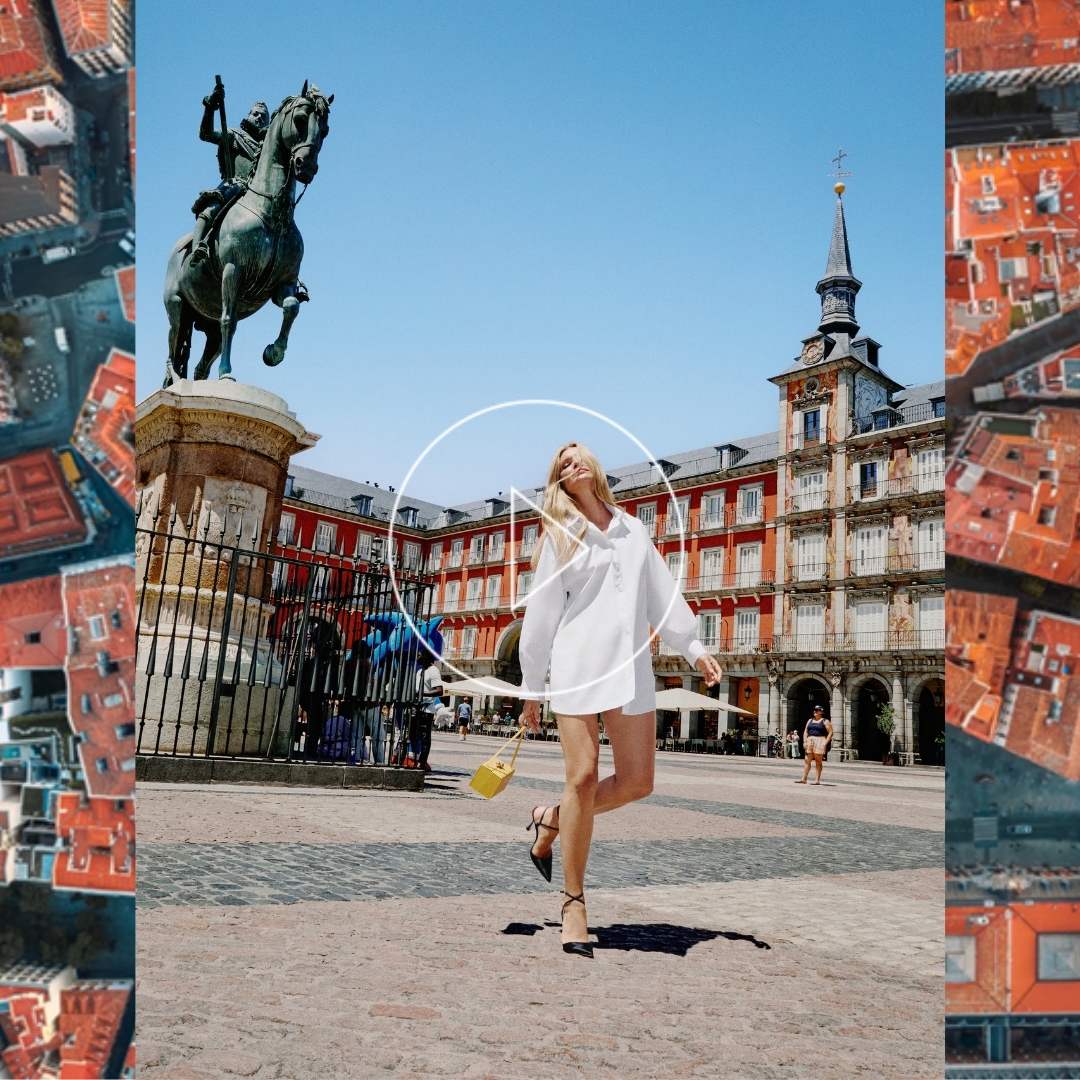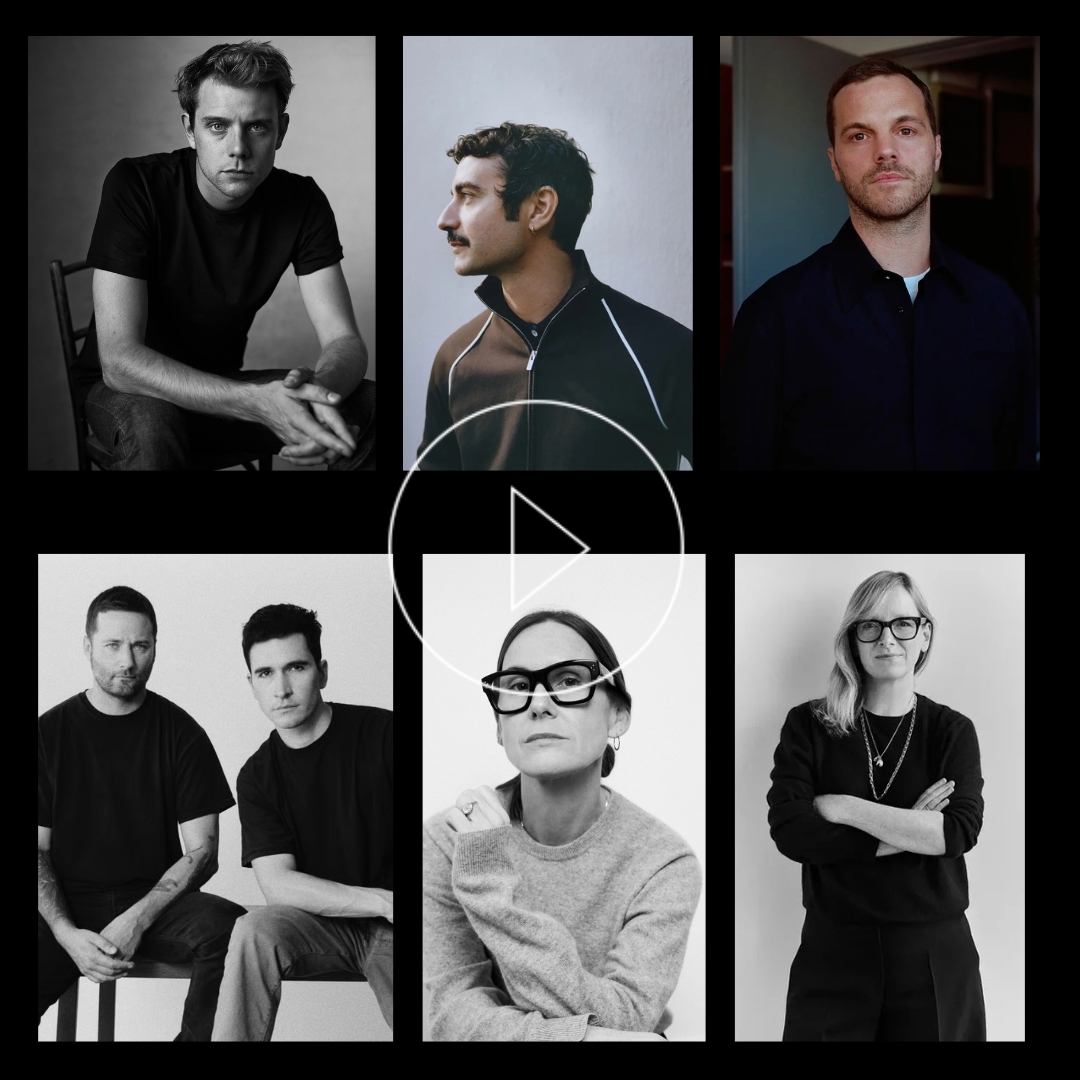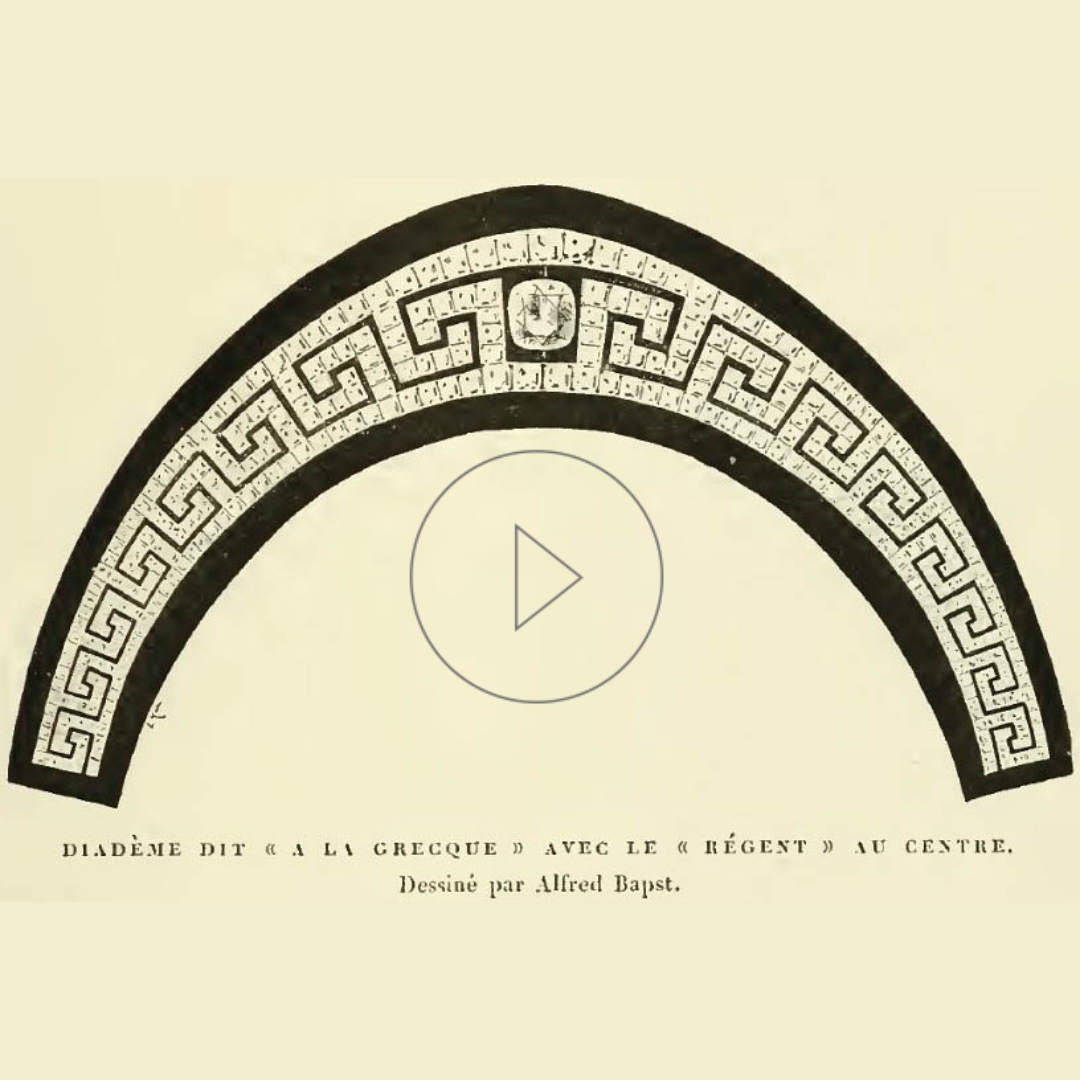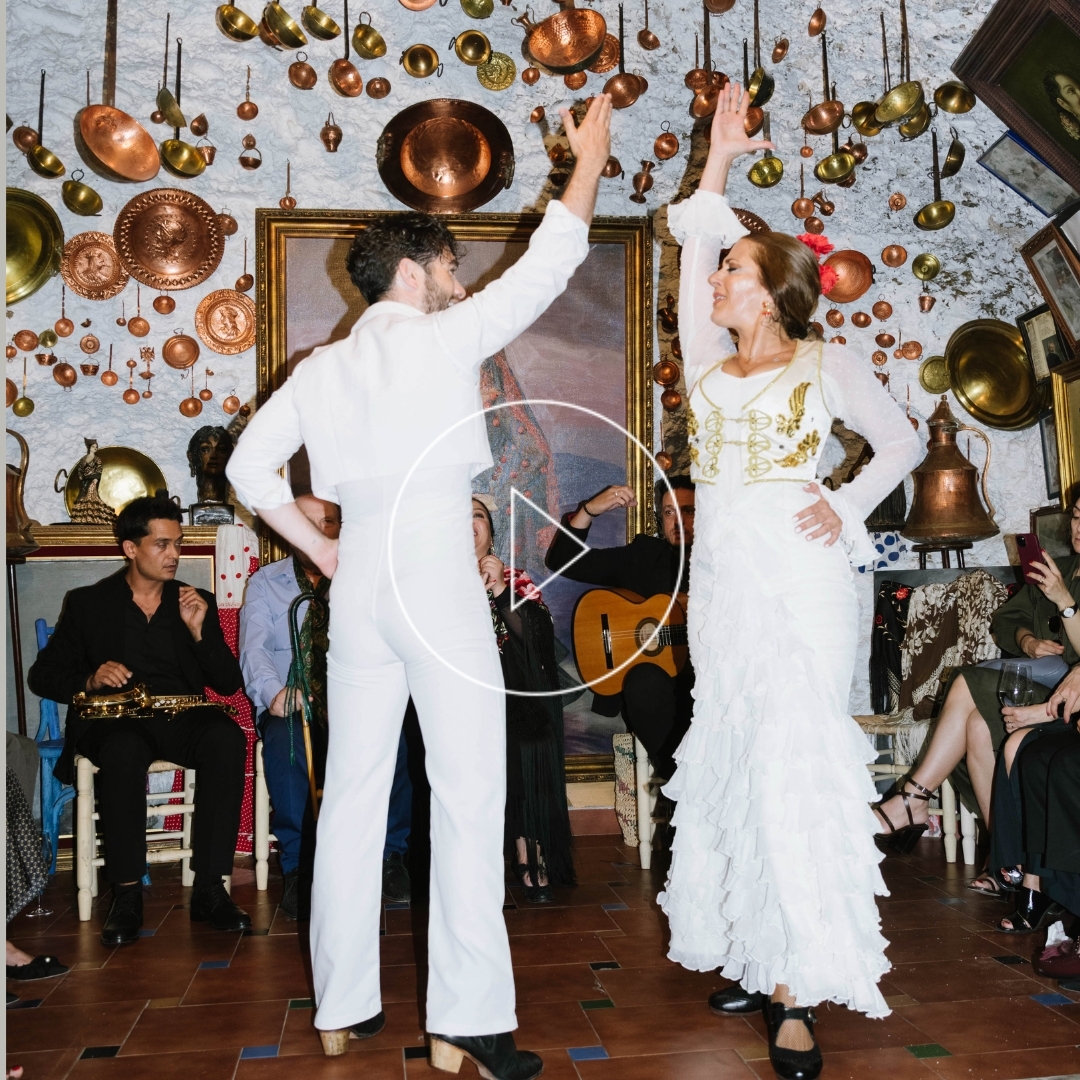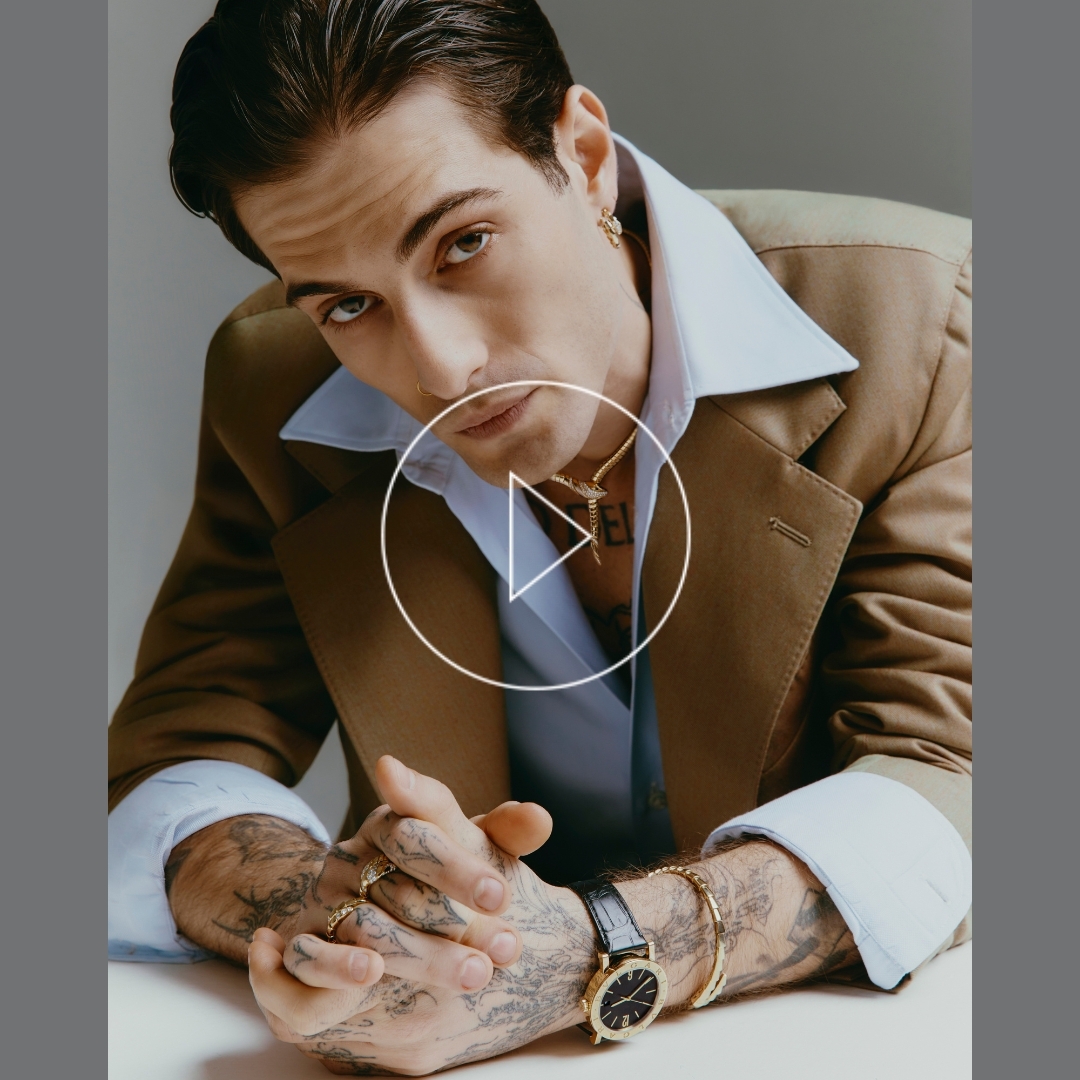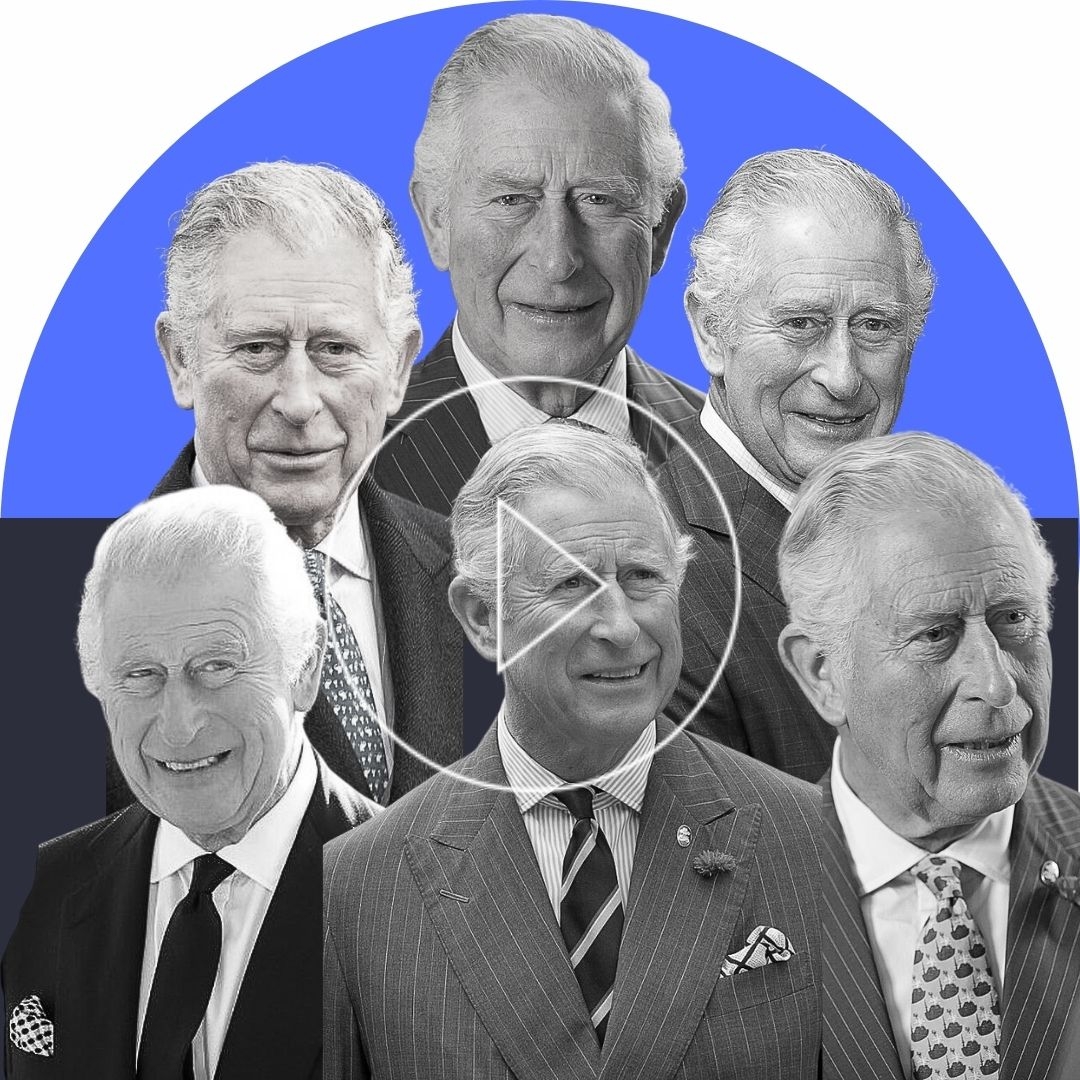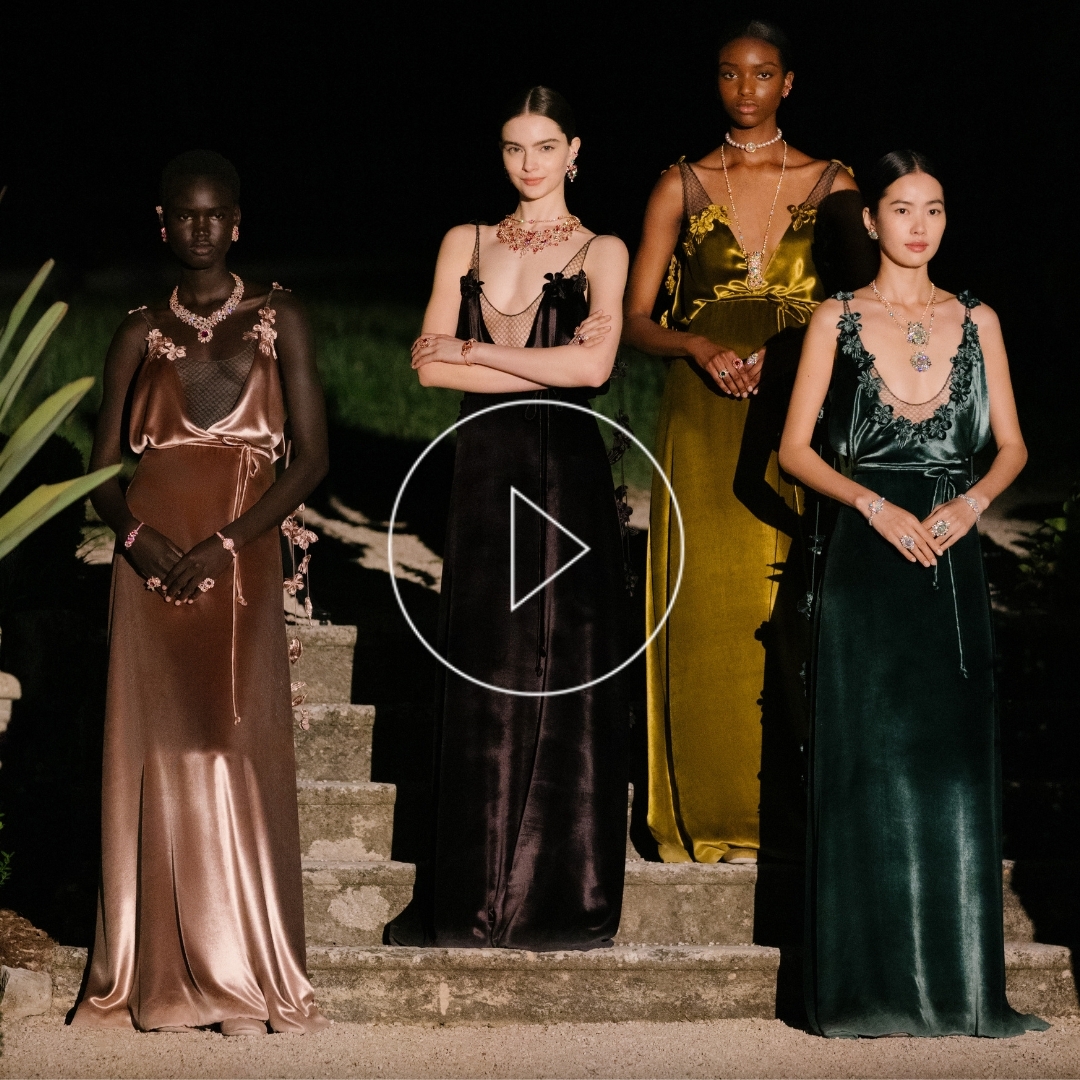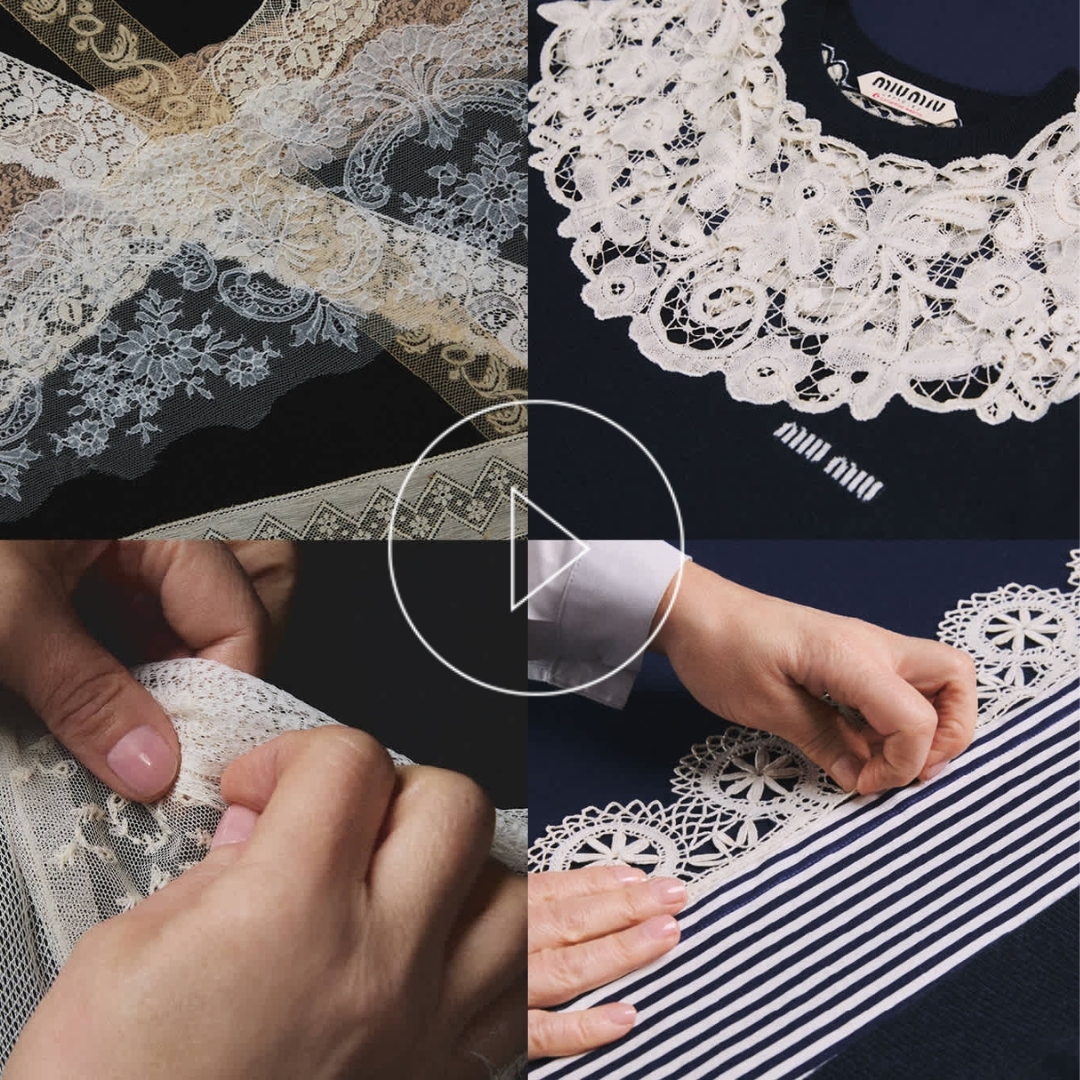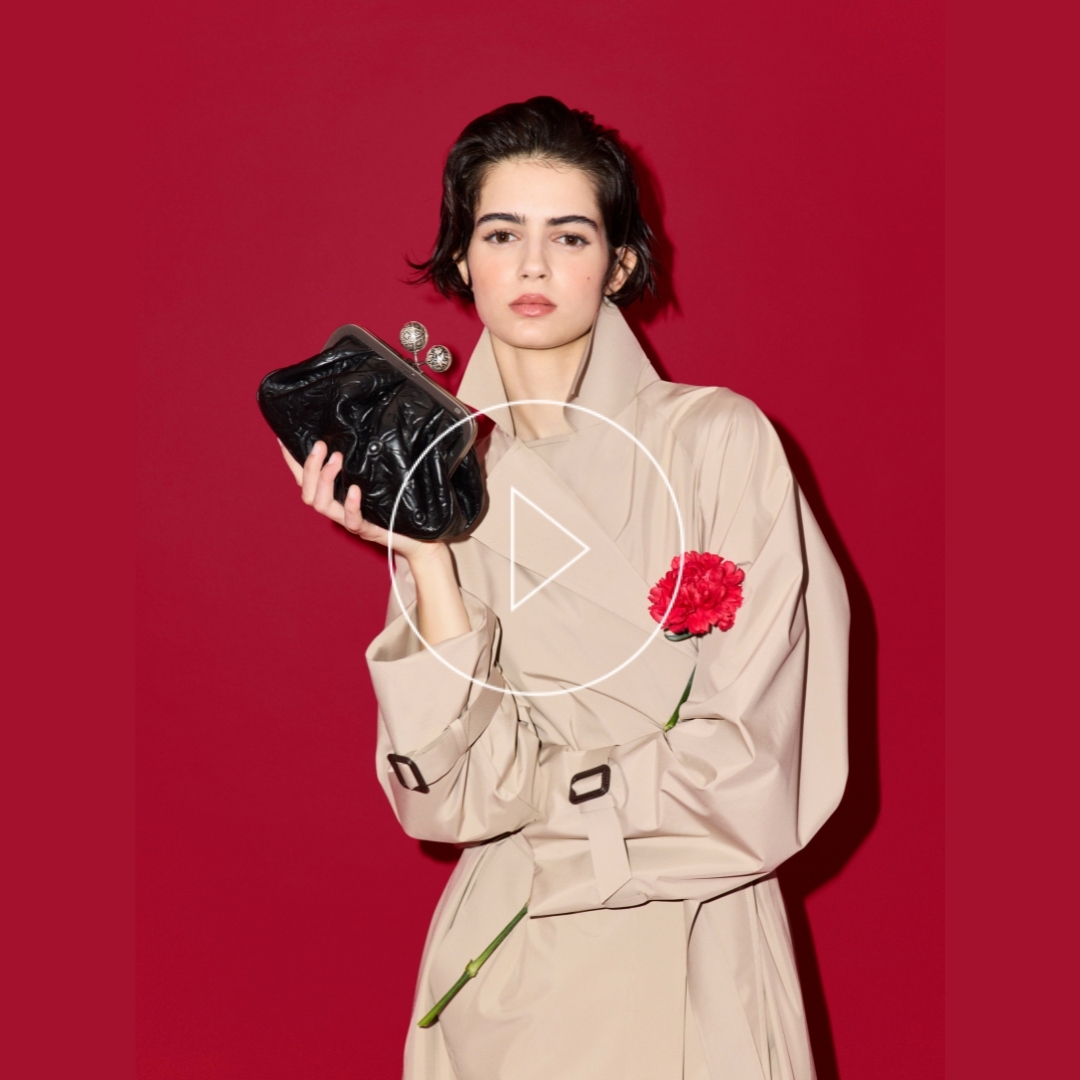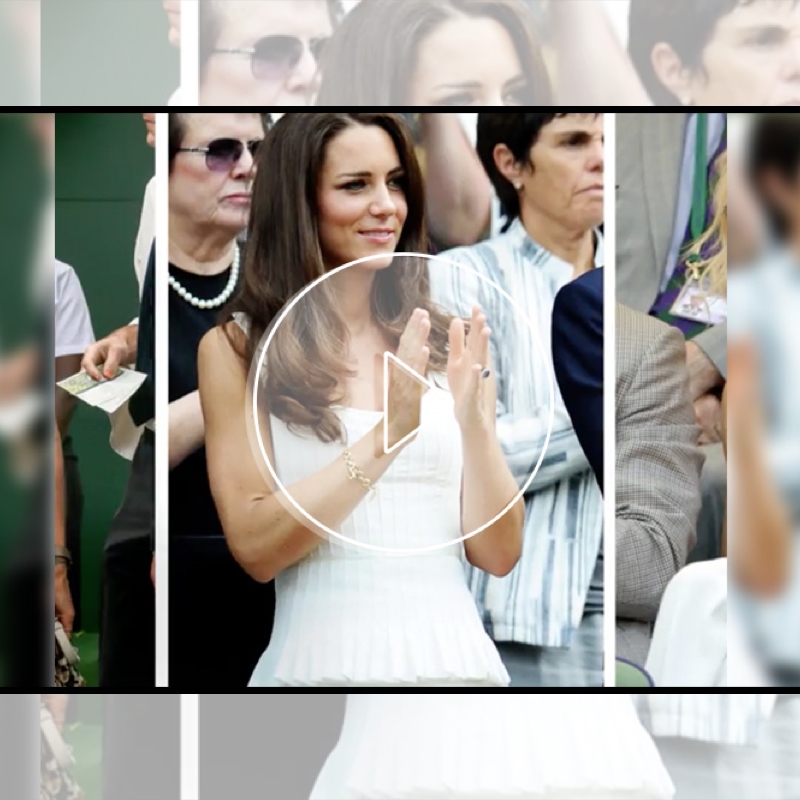Miuccia Prada’s Life: Activist, Fashion Leader, and Now Honoured by FTA
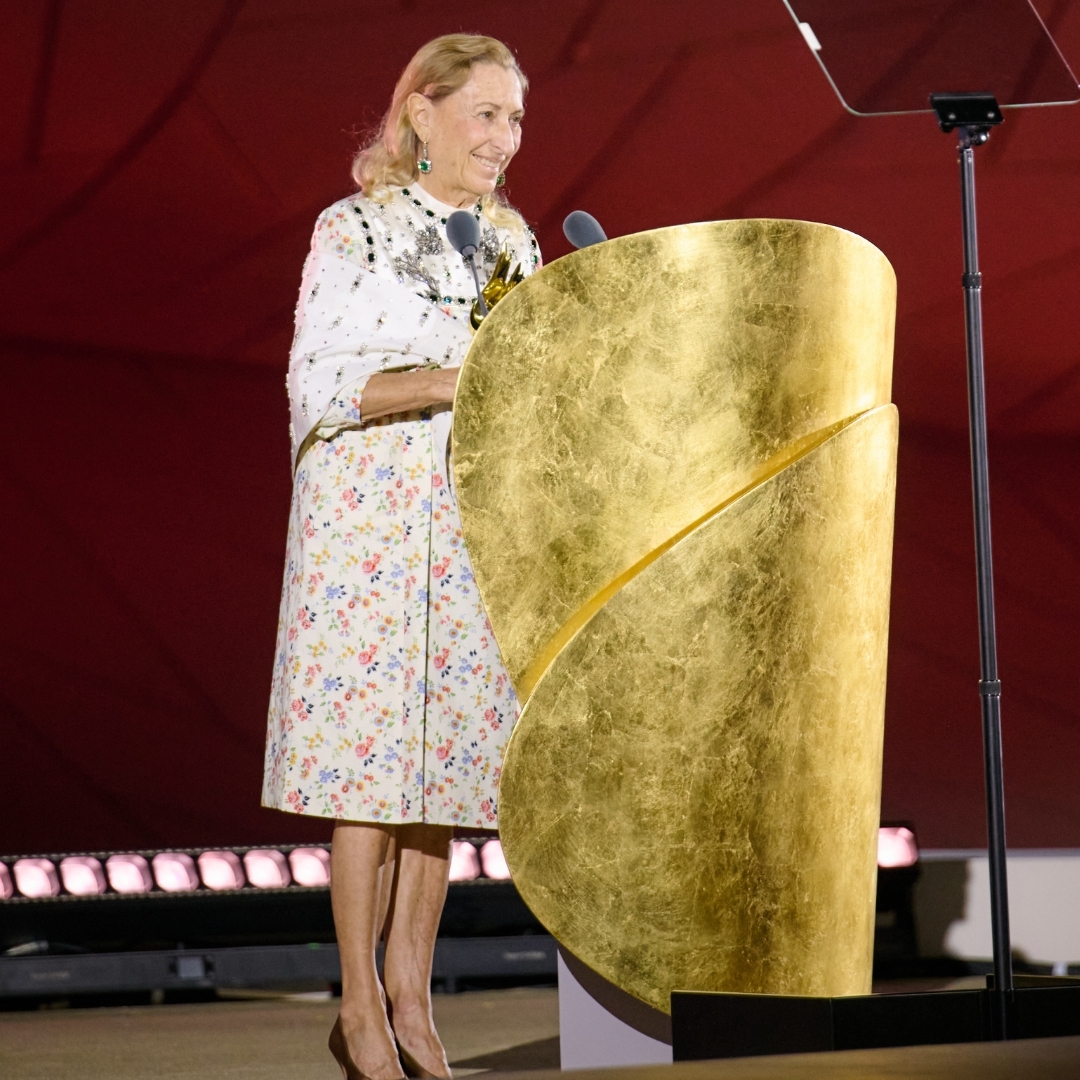
Miuccia Prada, the woman behind Prada, Miu Miu, and the co-owner of the Prada Group, was celebrated in Doha for her outstanding contribution to global fashion during the seventh edition of the Fashion Trust Arabia Awards. The honour recognises both her cultural impact and her unmatched influence on fashion today. For decades, Miuccia has remained one of the industry’s most defining forces—and in recent years, her brand Miu Miu has led the fashion conversation with trend-setting collections worn by the world’s most photographed women. Let’s take a closer look at the Fashion Trust Arabia celebration and Miuccia Prada’s life, from her activist youth to her reign as one of fashion’s most unconventional visionaries.
Fashion Trust Arabia: Why This Honour Matters
Fashion Trust Arabia (FTA), founded in 2018 by Sheikha Al Mayassa bint Hamad bin Khalifa Al Thani and fashion entrepreneur Tania Fares, is today one of the most influential award platforms supporting rising talent from the Middle East and North Africa. Each year, it honours global fashion figures whose work has shaped the industry’s creative and cultural landscape.
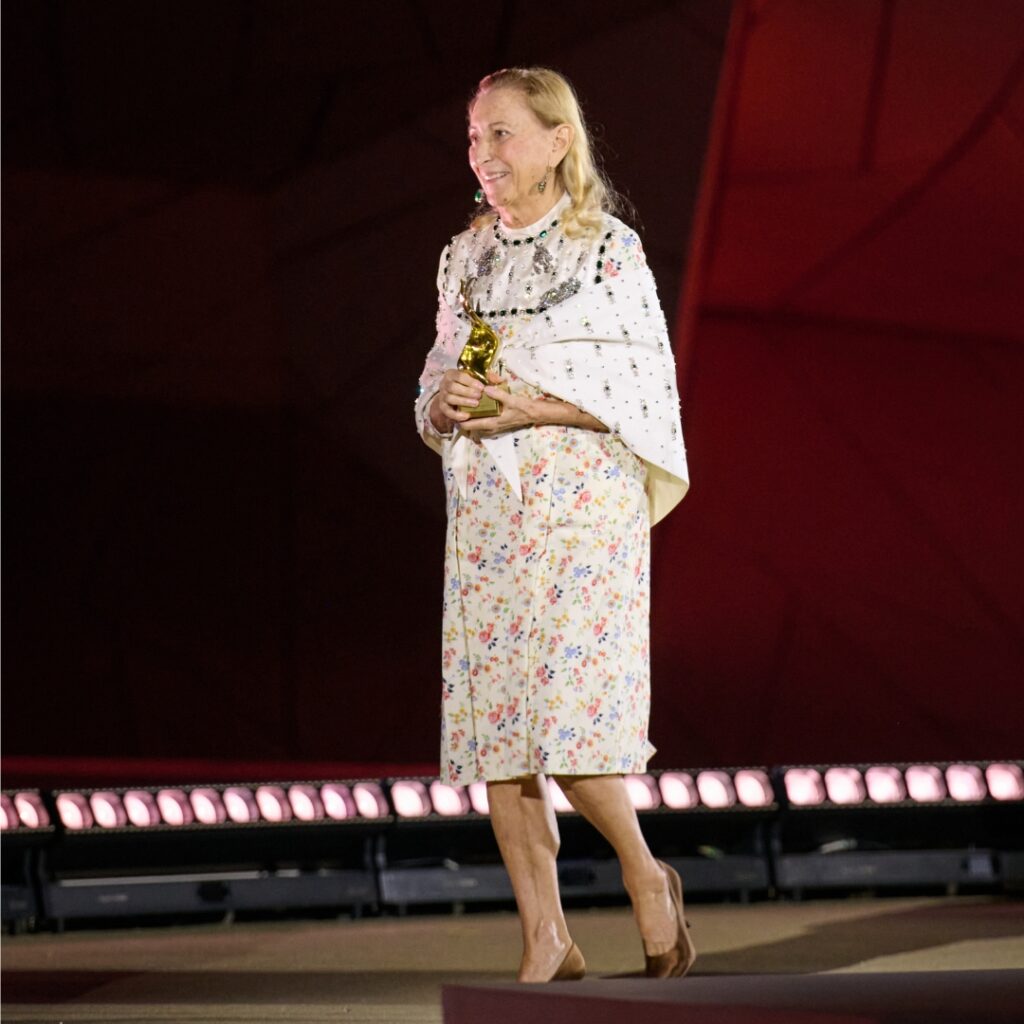
Miuccia Prada at FTA wearing Prada
This year, the spotlight turned to Miuccia Prada, acknowledging her groundbreaking legacy: her intellect, her courage to redefine luxury, and her ability to make fashion both culturally relevant and artistically provocative. It’s a rare recognition for a designer whose work has consistently challenged the very idea of what is considered “beautiful” or “luxury”.
Miuccia Prada’s Life: From Political Activism to Fashion Legacy
Born Maria Bianchi in Milan in 1949, Miuccia Prada grew up in a cultured, upper-middle-class environment. Although she inherited the Prada legacy, founded in 1913 by her grandfather, Mario Prada, her early interests were far from the fashion world.
She earned a PhD in Political Science from the University of Milan, trained in mime for several years at the Piccolo Teatro, and was politically active, particularly within feminist and left-wing circles in the 1970s. These years of activism and intellectual curiosity would later shape her approach to fashion: analytical, conceptual, and quietly rebellious.
She formally joined the Prada family business in the mid-1970s, a moment that would mark the beginning of one of the most remarkable creative transformations in fashion history.
Reinventing Prada: The Rise of Nylon and the Birth of a New Luxury
When Miuccia entered the company, Prada was a small, fading leather-goods shop with limited modern relevance. Everything changed in 1978, when she took full creative control and, soon after, partnered with businessman Patrizio Bertelli, who later became her husband.
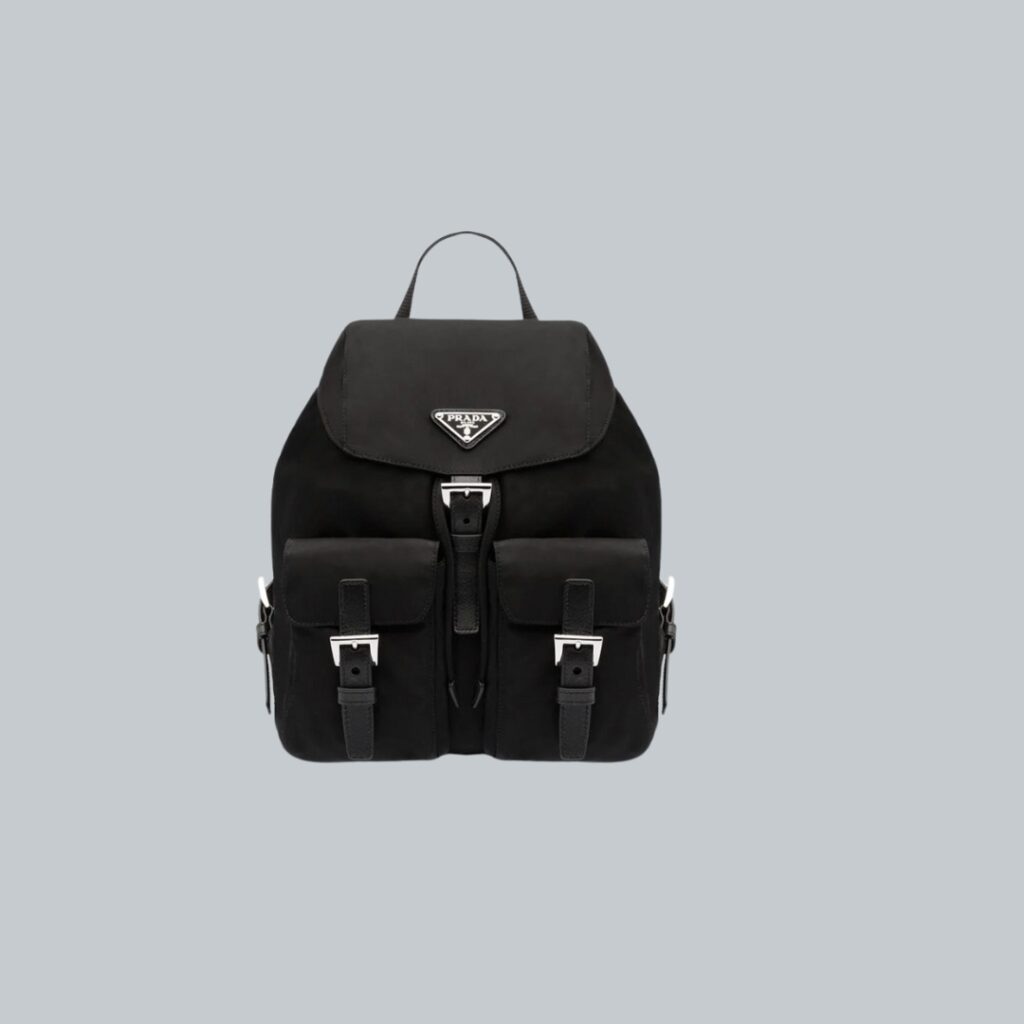
Timeless and Classic Black Nylon Backpack and Handbag
Her breakthrough came in 1985 with the now-iconic black nylon backpack and handbag made from industrial-grade fabric. It was discreet, functional, and intellectual; everything that luxury was not at the time. This unconventional choice defined the new Prada identity: minimalist, modern, and concept-driven.
This was the moment Miuccia Prada redefined luxury, turning it into a language of subtlety, intellect, and purpose rather than opulence.
The Expansion: Prada, Miu Miu, Church’s, Car Shoe, Versace and a Global Empire
In 1988, she launched Prada’s first womenswear ready-to-wear collection; a sophisticated, pared-back take on contemporary dressing often described as “anti-sexy chic”.
By 1992, she introduced Miu Miu, a label named after her childhood nickname. If Prada was intellectual, Miu Miu was instinctive: youthful, playful, a little rebellious. Miu Miu would later become one of Gen-Z’s favourite luxury houses, setting global trends from ballet flats to micro-mini skirts.
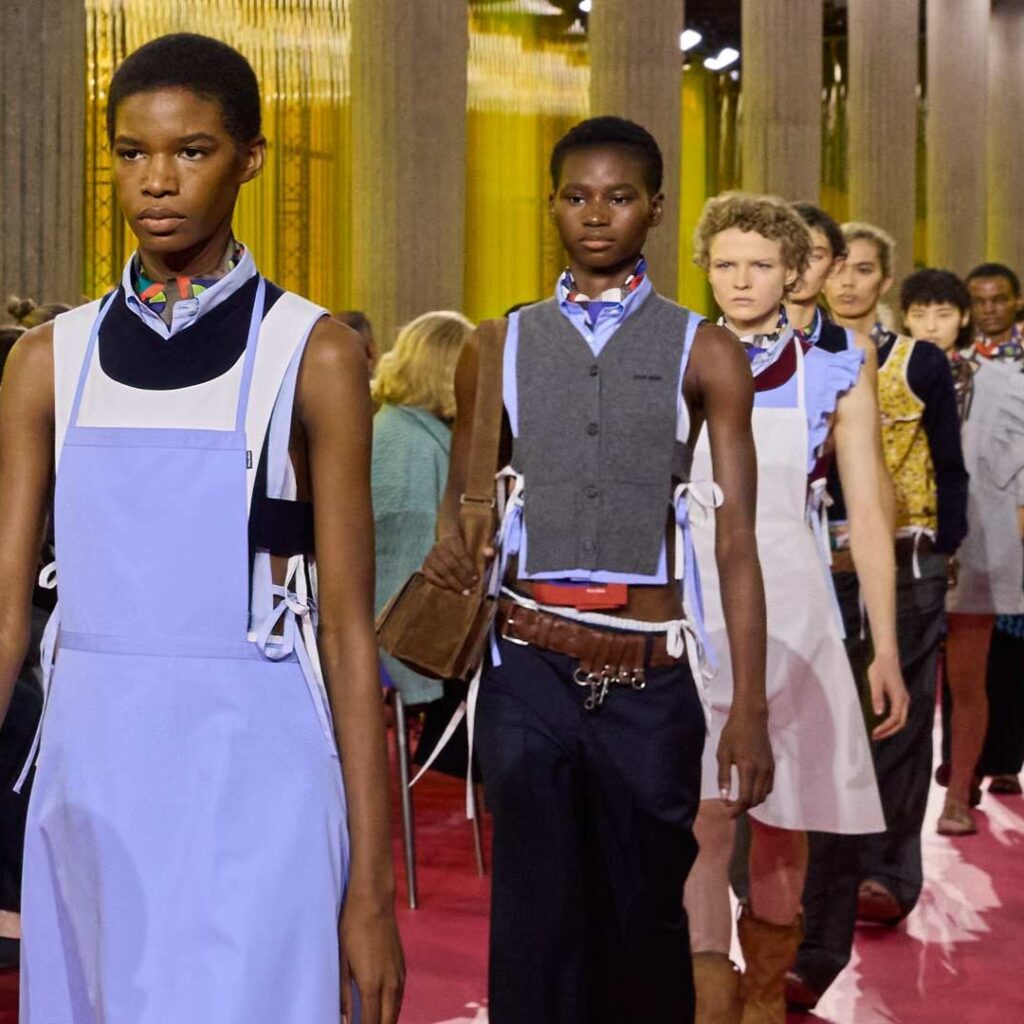
Miu Miu SS26 Runway
Menswear followed in 1995, and the Prada Group soon grew into one of the world’s most powerful luxury conglomerates, expanding into eyewear, footwear, fragrances, and a series of strategic brand acquisitions.
In 1999, the Prada group acquired Church’s, a historic brand of handcrafted footwear, synonymous with impeccable style and a British attitude.
In 2001, the Prada Group acquired control of the Car shoe brand, founded in 1963 and known for its iconic driving loafers. That same year, the first store of the brand opened in Milan, in Via della Spiga 50.
And in 2025, the Prada Group acquired the brand Versace, which will be led by Lorenzo Bertelli, the son of Miuccia and Patrizio Bertelli.
Today, Prada is considered one of the most influential maisons in the world. And Miuccia remains at its artistic core.
Miuccia Prada — Quick Facts
Award: Honoured by Fashion Trust Arabia (2025)
Birth name: Maria Bianchi
Born: 10 May 1949, Milan, Italy
Education: PhD in Political Science, University of Milan
Early career: Mime artist at Piccolo Teatro, political activist
Took over Prada: 1978
Key innovation: Nylon Prada bags (1985)
Founded: Miu Miu (1992)
Partner: Patrizio Bertelli
Major institution: Fondazione Prada (1993)
A Distinct Aesthetic: Ugly-Chic, Art, and the Power of Subversion
Few designers have shaped fashion vocabulary the way Miuccia Prada has. Her “ugly-chic” aesthetic, often rooted in awkward colours, unexpected proportions, and non-traditional materials, challenged the industry’s obsession with beauty and glamour.
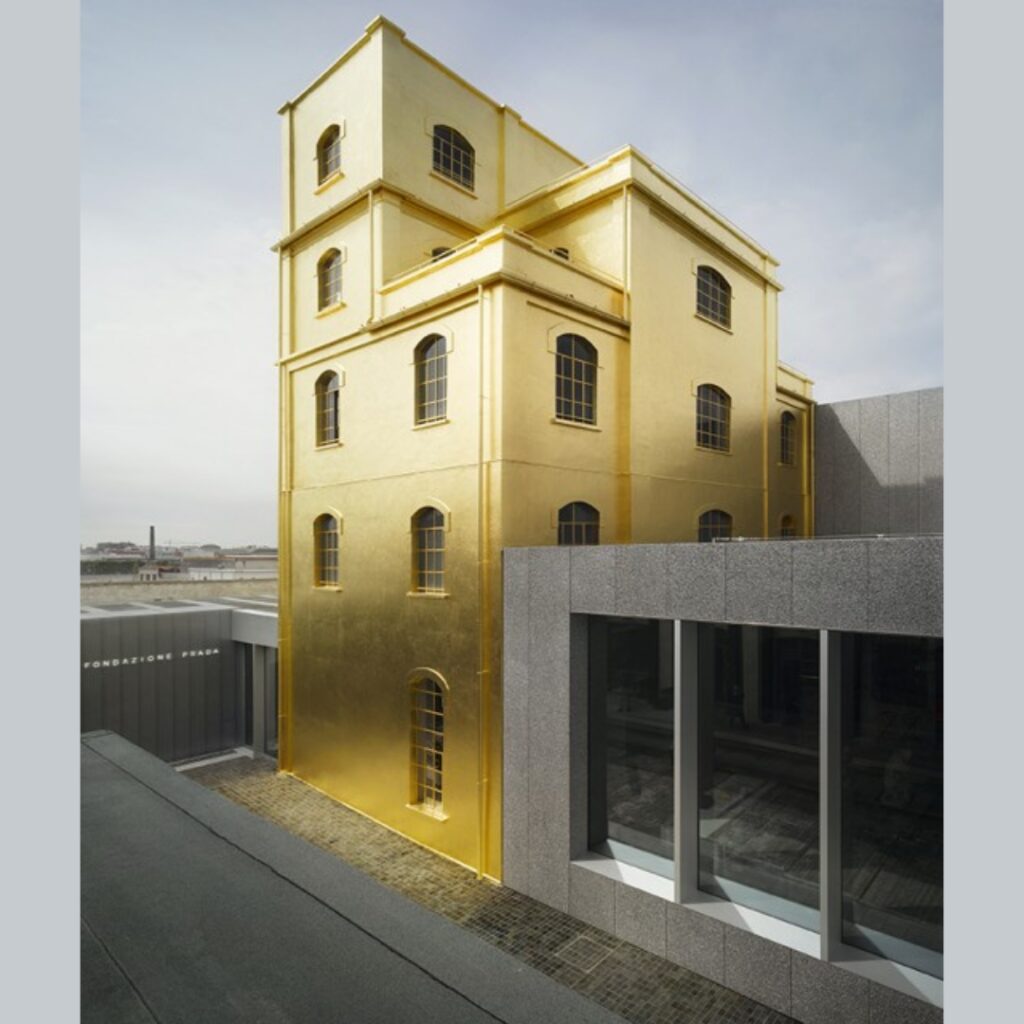
Fondazione Prada in Milan
Her collections often explore:
- the tension between femininity and power
- intellect and instinct
- uniformity and individuality
- utility and luxury
Beyond fashion, Miuccia and Bertelli founded the Fondazione Prada in 1993, one of Europe’s most respected contemporary art institutions. For her, art, culture, and fashion are inseparable conversations.
Why Miuccia Prada Still Defines Fashion Today
Miuccia Prada’s longevity is not an accident; it’s the result of continuous reinvention, cultural curiosity, and the ability to speak to new generations without ever following trends.
Her recent work, particularly at Miu Miu, has shaped global fashion cycles:
- Ballet-core
- Micro-mini silhouettes
- The revival of modest dressing
- Intellectual minimalism
- Uniform dressing
From TikTok to red carpets, her designs remain at the centre of the cultural zeitgeist.
Conclusion: A Much-Deserved Moment of Recognition
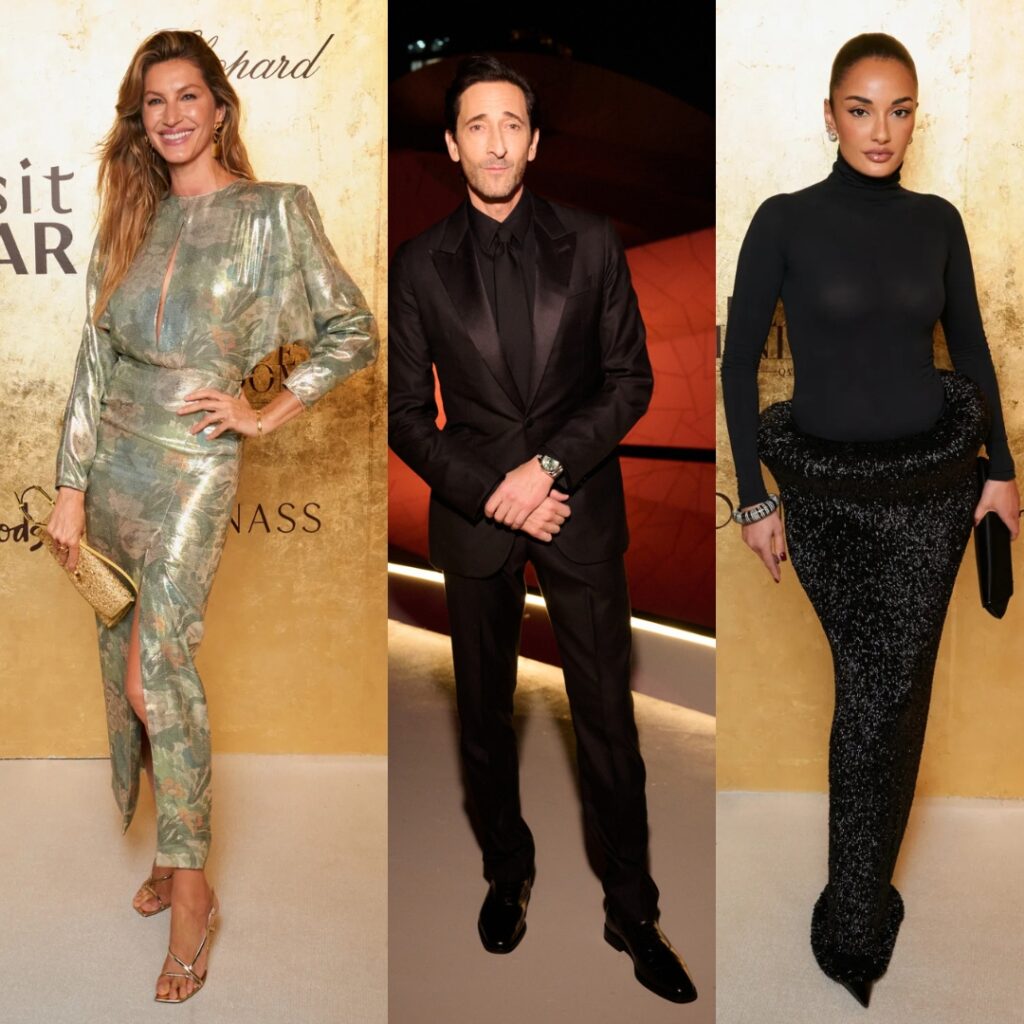
Gisela Bündchen, Adrien Brody and Amina Muaddi, Among Others, Went to Doha to Celebrate Muiccia Prada
The Fashion Trust Arabia award acknowledges something the fashion world has long known: Miuccia Prada is not just a designer, she is a cultural force. From a politically engaged student in Milan to the head of one of the most influential luxury groups in the world, her journey is unlike any other. This award reflects the whole of Miuccia Prada’s life.
And as her work continues to lead the conversation in contemporary fashion, this honour feels not just timely—but symbolic of her enduring impact.
FAQ
| 1- Who is Miuccia Prada? | Miuccia Prada is an Italian fashion designer, co-owner of the Prada Group, and founder of Miu Miu. She is known for redefining modern luxury through minimalism, nylon innovation, and conceptual fashion. |
| 2- Why was Miuccia Prada honoured by Fashion Trust Arabia? | She was honoured for her decades-long influence on fashion, her intellectual approach to design, and her role in shaping contemporary luxury globally. |
| 3- What is Miuccia Prada’s background? | She holds a PhD in political science, trained as a mime, and was a political activist before joining and transforming her family’s company. |
| 4- When did Miuccia Prada take over Prada? | She assumed creative leadership in 1978 and transformed the brand from a small leather-goods business into a global luxury powerhouse. |
| 5- What brands does Miuccia Prada lead? | She leads Prada and Miu Miu, and co-runs the Prada Group alongside Patrizio Bertelli. |
| 6- Why is Miu Miu so influential today? | Miu Miu has shaped Gen-Z fashion trends with its micro silhouettes, ballet-core styles, and youthful reinterpretations of luxury staples. |
Images courtesy @Prada – @MiuMiu – @Fashion Trust Arabia
SHARE

